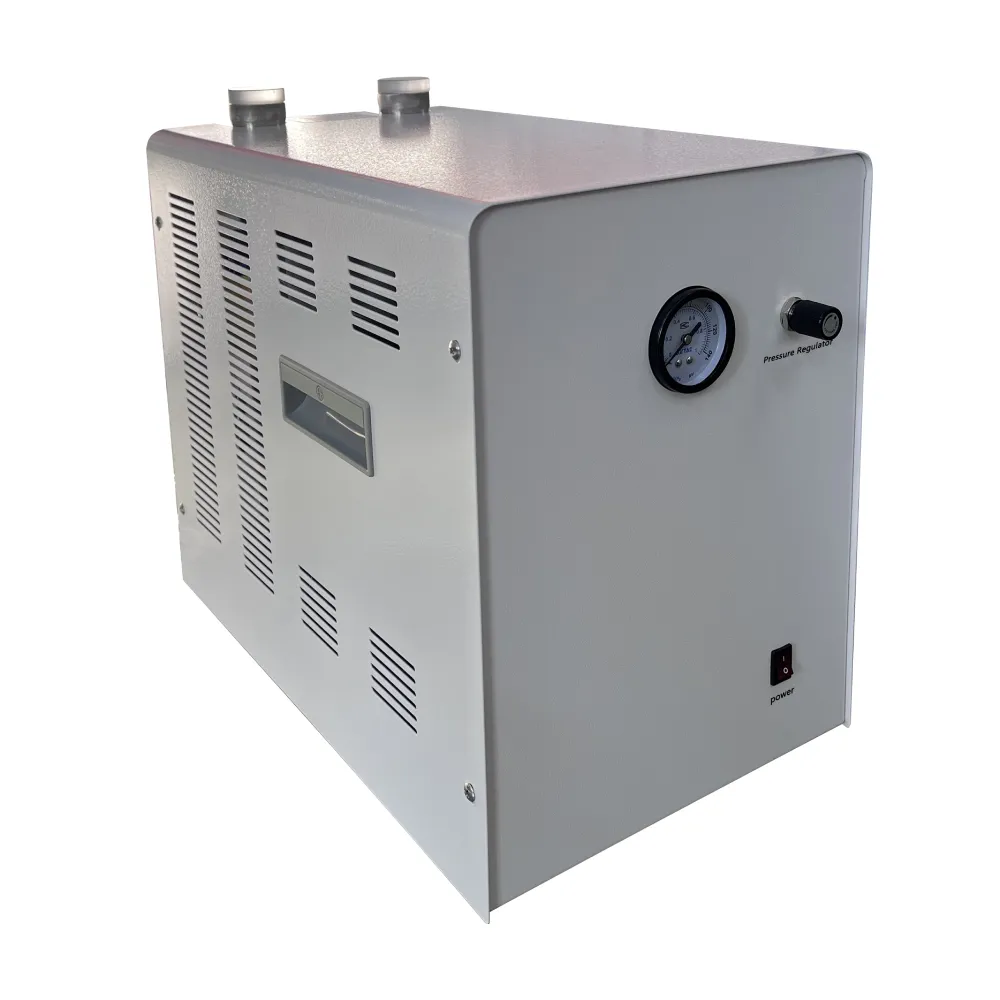 English
English



-
 Afrikaans
Afrikaans -
 Albanian
Albanian -
 Amharic
Amharic -
 Arabic
Arabic -
 Armenian
Armenian -
 Azerbaijani
Azerbaijani -
 Basque
Basque -
 Belarusian
Belarusian -
 Bengali
Bengali -
 Bosnian
Bosnian -
 Bulgarian
Bulgarian -
 Catalan
Catalan -
 Cebuano
Cebuano -
 China
China -
 China (Taiwan)
China (Taiwan) -
 Corsican
Corsican -
 Croatian
Croatian -
 Czech
Czech -
 Danish
Danish -
 Dutch
Dutch -
 English
English -
 Esperanto
Esperanto -
 Estonian
Estonian -
 Finnish
Finnish -
 French
French -
 Frisian
Frisian -
 Galician
Galician -
 Georgian
Georgian -
 German
German -
 Greek
Greek -
 Gujarati
Gujarati -
 Haitian Creole
Haitian Creole -
 hausa
hausa -
 hawaiian
hawaiian -
 Hebrew
Hebrew -
 Hindi
Hindi -
 Miao
Miao -
 Hungarian
Hungarian -
 Icelandic
Icelandic -
 igbo
igbo -
 Indonesian
Indonesian -
 irish
irish -
 Italian
Italian -
 Japanese
Japanese -
 Javanese
Javanese -
 Kannada
Kannada -
 kazakh
kazakh -
 Khmer
Khmer -
 Rwandese
Rwandese -
 Korean
Korean -
 Kurdish
Kurdish -
 Kyrgyz
Kyrgyz -
 Lao
Lao -
 Latin
Latin -
 Latvian
Latvian -
 Lithuanian
Lithuanian -
 Luxembourgish
Luxembourgish -
 Macedonian
Macedonian -
 Malgashi
Malgashi -
 Malay
Malay -
 Malayalam
Malayalam -
 Maltese
Maltese -
 Maori
Maori -
 Marathi
Marathi -
 Mongolian
Mongolian -
 Myanmar
Myanmar -
 Nepali
Nepali -
 Norwegian
Norwegian -
 Norwegian
Norwegian -
 Occitan
Occitan -
 Pashto
Pashto -
 Persian
Persian -
 Polish
Polish -
 Portuguese
Portuguese -
 Punjabi
Punjabi -
 Romanian
Romanian -
 Russian
Russian -
 Samoan
Samoan -
 Scottish Gaelic
Scottish Gaelic -
 Serbian
Serbian -
 Sesotho
Sesotho -
 Shona
Shona -
 Sindhi
Sindhi -
 Sinhala
Sinhala -
 Slovak
Slovak -
 Slovenian
Slovenian -
 Somali
Somali -
 Spanish
Spanish -
 Sundanese
Sundanese -
 Swahili
Swahili -
 Swedish
Swedish -
 Tagalog
Tagalog -
 Tajik
Tajik -
 Tamil
Tamil -
 Tatar
Tatar -
 Telugu
Telugu -
 Thai
Thai -
 Turkish
Turkish -
 Turkmen
Turkmen -
 Ukrainian
Ukrainian -
 Urdu
Urdu -
 Uighur
Uighur -
 Uzbek
Uzbek -
 Vietnamese
Vietnamese -
 Welsh
Welsh -
 Bantu
Bantu -
 Yiddish
Yiddish -
 Yoruba
Yoruba -
 Zulu
Zulu
HPLC and GC-MS Techniques for Analyzing Chemical Compounds in Various Samples
The Role of HPLC and GC-MS in Modern Analytical Chemistry
In the realm of analytical chemistry, two techniques have emerged as indispensable tools for the separation, identification, and quantification of chemical compounds High-Performance Liquid Chromatography (HPLC) and Gas Chromatography-Mass Spectrometry (GC-MS). Both methods serve unique purposes and are widely used across various fields, including pharmaceuticals, environmental testing, food safety, and forensic science.
High-Performance Liquid Chromatography (HPLC)
HPLC is a powerful technique that allows for the separation of compounds in a liquid matrix. It operates by forcing a liquid sample through a column filled with stationary phase material, typically made up of silica particles. When a mixture is injected into the HPLC system, its components interact with both the solvent and stationary phase at different rates, resulting in their separation as they elute from the column at various times.
The advantages of HPLC are numerous. Its versatility allows for the analysis of a wide range of compounds, from small organic molecules to large biomolecules such as proteins. Moreover, HPLC can be coupled with various detection methods, such as UV/Vis spectroscopy, fluorescence, and mass spectrometry, enhancing its analytical capabilities. This adaptability makes HPLC a crucial technique in drug development, where it is employed to ensure the purity and concentration of pharmaceutical products.
Gas Chromatography-Mass Spectrometry (GC-MS)
hplc gcms

On the other hand, GC-MS is a powerful combination of gas chromatography and mass spectrometry. This technique is primarily used to analyze volatile and semi-volatile compounds. The process begins with gas chromatography, where a sample is vaporized and swept through a capillary column. Different compounds are separated based on their boiling points and affinity to the column's stationary phase.
Once the compounds exit the column, they are introduced into the mass spectrometer, which provides detailed information about their molecular weight and structure. The mass spectrometer ionizes the compounds, producing ions that can be analyzed to reveal their chemical structure and abundance.
GC-MS is widely respected for its sensitivity and specificity, making it an invaluable tool in areas such as environmental monitoring, where trace levels of pollutants need to be detected, and forensic analysis, where it is used to identify drugs, poisons, and other substances in biological samples.
Conclusion
In conclusion, both HPLC and GC-MS are vital methods in the toolkit of modern analytical chemistry. While HPLC excels in the analysis of non-volatile compounds and complex mixtures, GC-MS stands out for its ability to provide detailed information about volatile substances. The choice between these techniques often depends on the nature of the sample and the specific analytical needs. As technology advances, the integration of HPLC and GC-MS with other analytical tools is likely to enhance our capabilities in research and quality control, ensuring safer products and a healthier environment.
-
Testing Equipment Industry Sees Major Advancements in 2025: Smart & Precision Technologies Lead the WayNewsJun.06,2025
-
Applications of Direct Current Generators in Renewable Energy SystemsNewsJun.05,2025
-
Hipot Tester Calibration and Accuracy GuidelinesNewsJun.05,2025
-
Digital Circuit Breaker Analyzer Features and BenefitsNewsJun.05,2025
-
Benefits of Real-Time Power Quality Monitoring Devices for Industrial EfficiencyNewsJun.05,2025
-
Earth Fault Loop Testing in High-Rise Building Electrical SystemsNewsJun.05,2025



